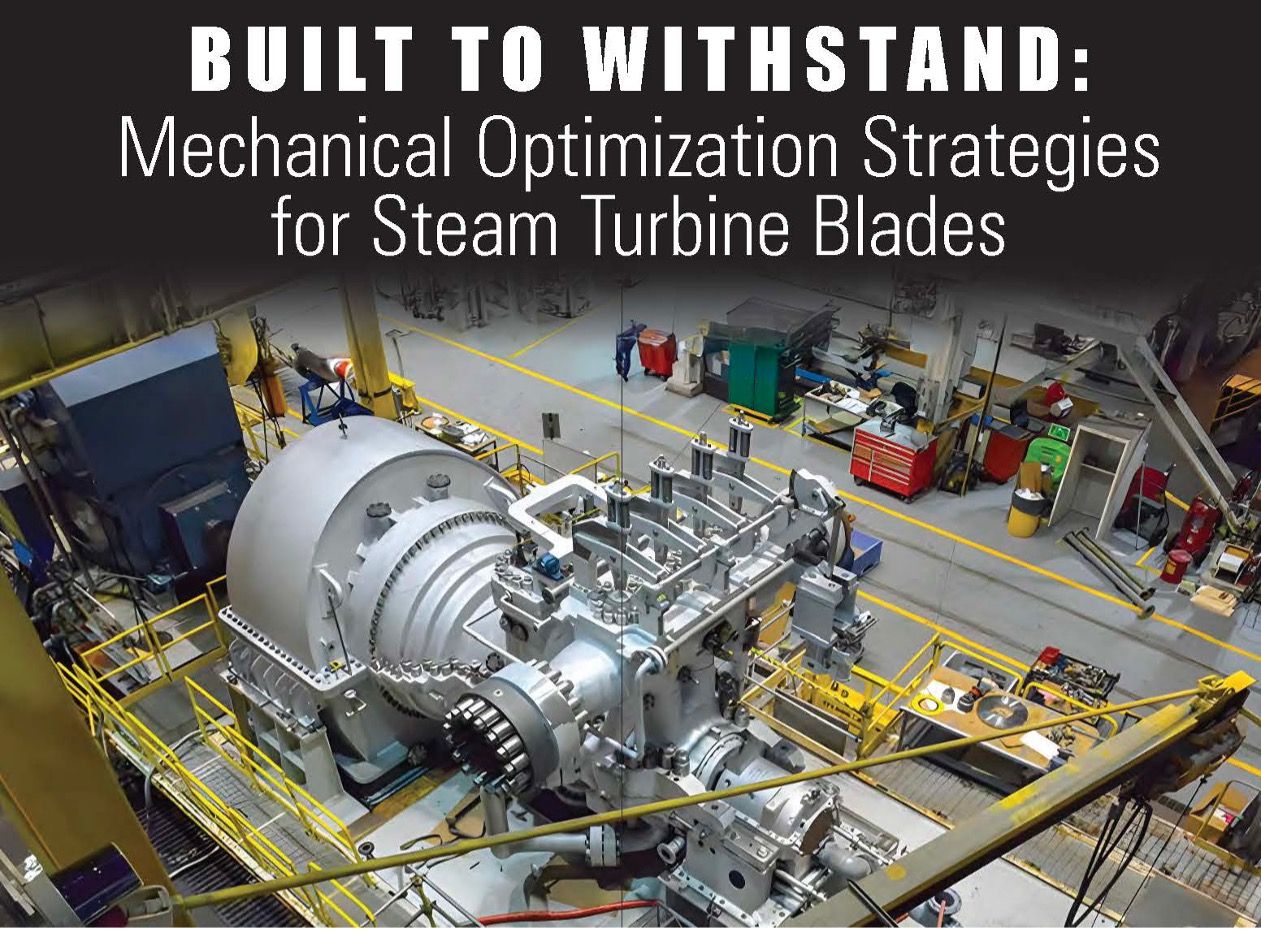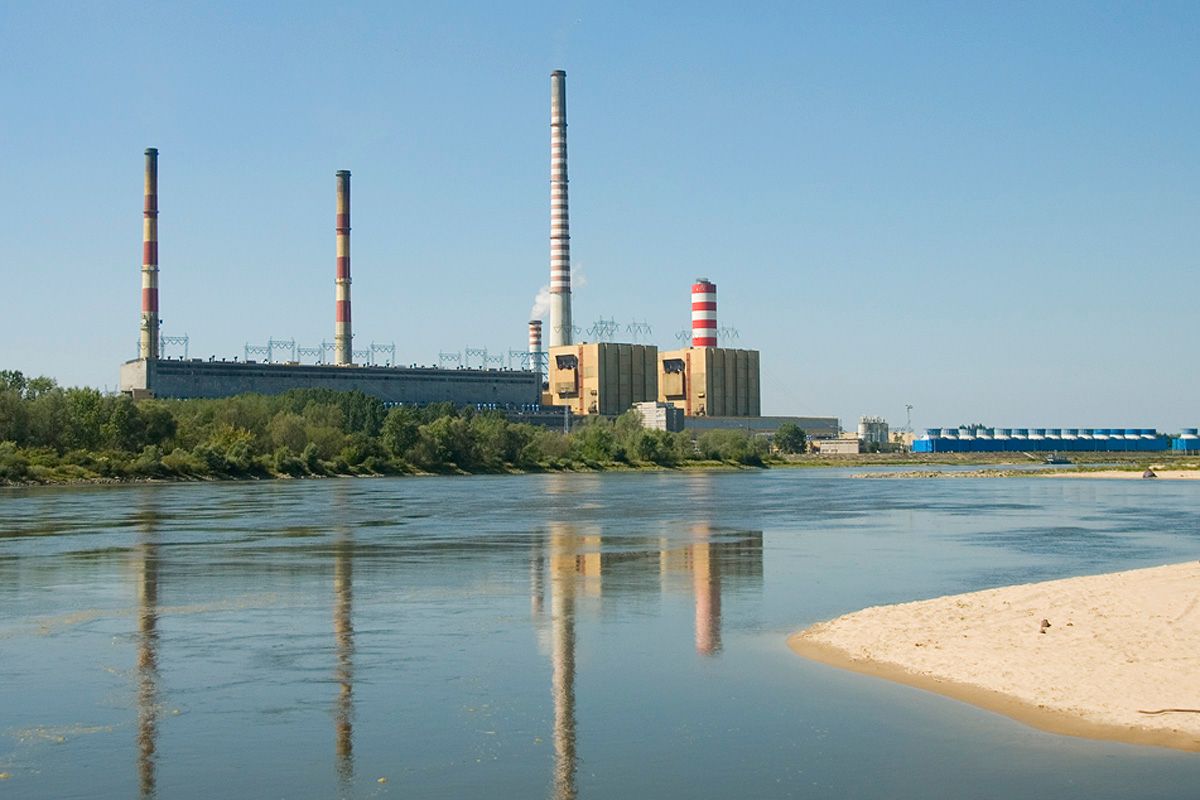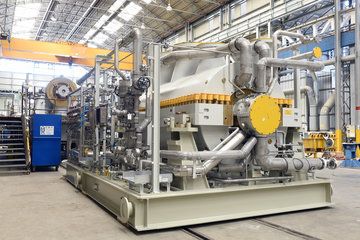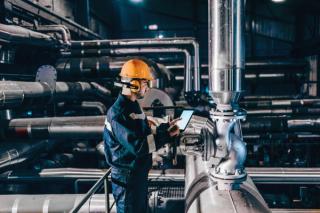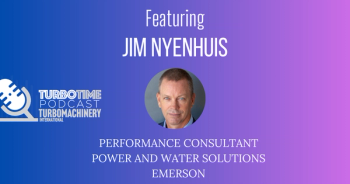
Steam Turbines
Latest News
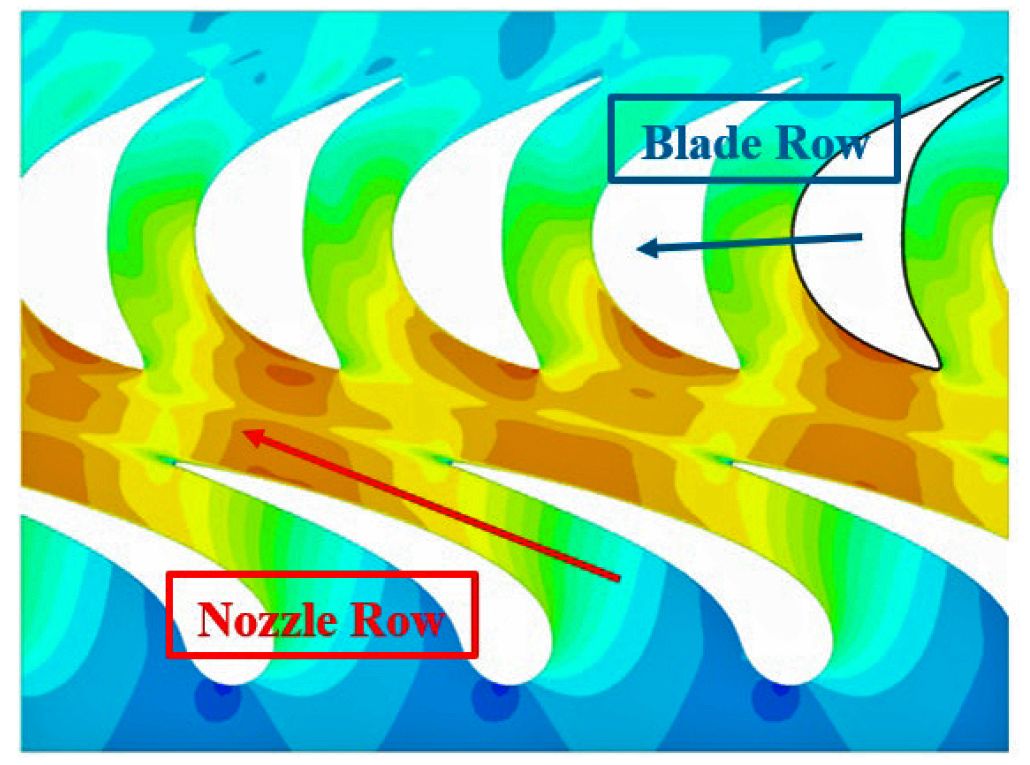
Latest Videos

Podcasts
More News
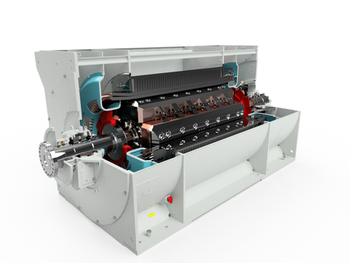
The Blue Point Number One Ammonia Project will produce blue ammonia via autothermal reforming while capturing up to 2.3 million metric tons of CO2 per year.
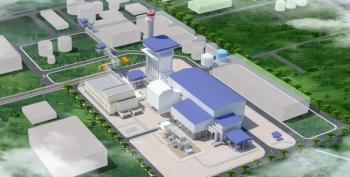
The plant’s post-combustion carbon-capture technology features exhaust gas recirculation, steam integration, and controls integration, reducing up to 90% of CO2 emissions.

The 2026 Handbook includes a comprehensive outlook of the U.S. power industry and gas turbine market, as well as an industry-wide directory and specifications listings.
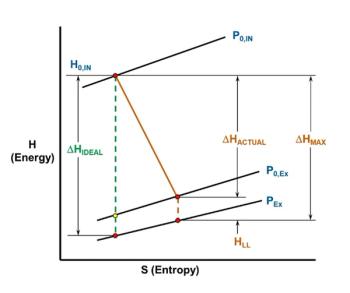
Explore how blade dynamics, velocity triangles, and flow path analysis help operators achieve higher efficiency and reliability in steam turbines.

The September/October 2025 issue covers steam turbine optimization, a pump-centric conversation with the Hydraulic Institute, hybrid grid technology for stabilization, and much more.
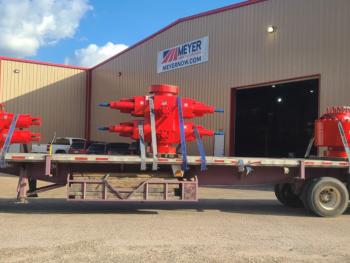
In addition to servicing critical oil and gas safety systems, EthosEnergy’s Approved Repair Facility designation will enable faster turnaround times and localized support.
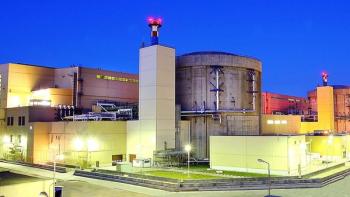
The refurbishment covers engineering studies, manufacturing, on-site dismantling, installation, and long-term maintenance operations for Unit 1 at Cernavoda Nuclear Power Plant.
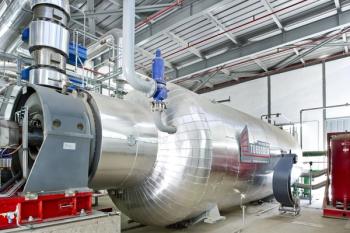
Cape Station’s Phase II engineering and procurement scope includes Turboden’s turbines and control system, expected to generate 300 MWe of power following delivery in 2028.

The new headquarters will house advanced capabilities such as laser scanning, virtual assembly, metrology, and much more, allowing RMS to serve Gulf Coast customers quickly.
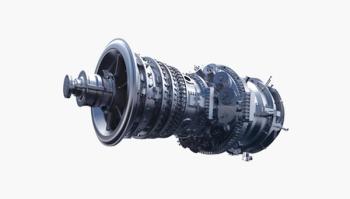
The Ansan Smart Hub will be converted into a high-efficiency, eco-friendly power plant capable of accommodating a future fuel conversion from natural gas to hydrogen.
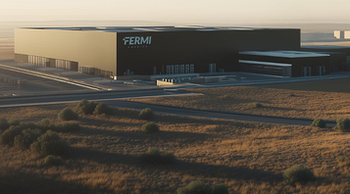
The planned 11-GW AI campus will pair natural gas generation with nuclear power, leveraging Siemens Energy’s F-class gas turbines, steam turbines, and Westinghouse AP1000 reactors.
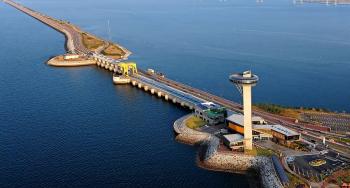
Korea Southern Power and Doosan Enerbility will use Korean-made products in its pumped-storage hydropower projects, strengthening local manufacturing and engineering industries.
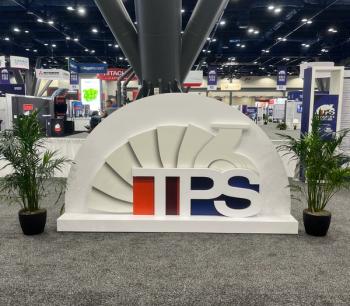
Facing rising demand, decarbonization targets, and supply chain volatility, John Crane’s Nico Schmaeling urged turbomachinery professionals at the 2025 Turbomachinery & Pump Symposium to address the energy trilemma—security, affordability, and sustainability—through smarter design, efficiency upgrades, and cross-industry collaboration.
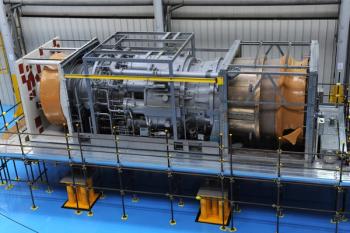
The company’s gas turbine and refrigerant compressor technology supports an additional 6 MTPA of LNG capacity and lower emissions at the Texas-based facility.
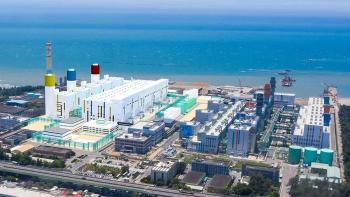
The new gas turbines, steam turbines, and auxiliary equipment will increase power generation capacity to meet rising industrial and residential electricity demand.

The five-year contract addition allows EthosEnergy to continue life-extension strategies, maximizing asset uptime and minimizing cost for Spirit Energy’s gas assets.

The company will execute reconstruction while six installed machines, boilers, and other equipment remain in full operation, presenting a challenge that requires extensive coordination.
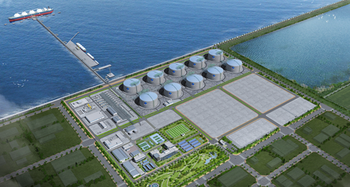
Building out the Dangjin LNG storage tank infrastructure aligns with South Korea’s plan to improve domestic LNG supplies and may be completed by December 2029.
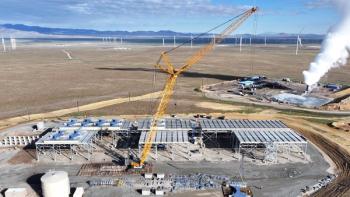
The engineering and equipment scope includes five 60-MWe units, turboexpanders, and one BRUSH generator for the Cape Station project in Utah.
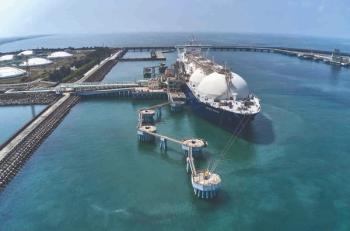
The regasification facility will strengthen natural gas supplies across southern Taiwan, using seawater to heat cryogenic LNG into a gaseous state for pipeline transportation.

Previously, the company supplied critical power and compression systems for bp’s Tangguh LNG plant in Papua Barat, Indonesia.

HAZOP reviews are a key process for identifying potential hazards and ensuring appropriate safety measures.
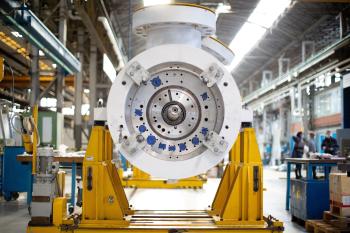
Growing demand for carbon capture and storage technology is transforming the industry, driving demand for advanced turbomachinery and reshaping the market landscape for decarbonization efforts.

The July/August 2025 issue highlights our industry survey and key factors shaping the turbomachinery sector, including supply-chain challenges, labor shortages, and the rise of mobile and advanced technologies to meet power demand.

Energy Industry Outlook: Strategies to Tackle Supply Chain Issues, Power Demand, and Decarbonization
Turbomachinery faces challenges like labor shortages and supply chain issues, but innovative solutions help the industry meet growing energy demand.

